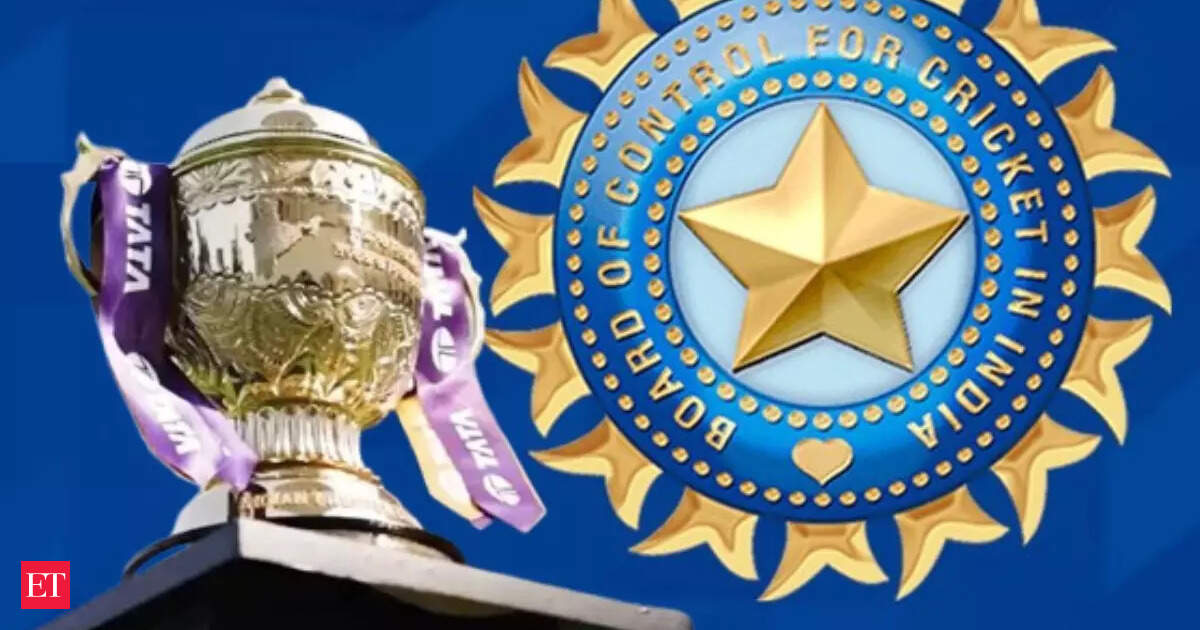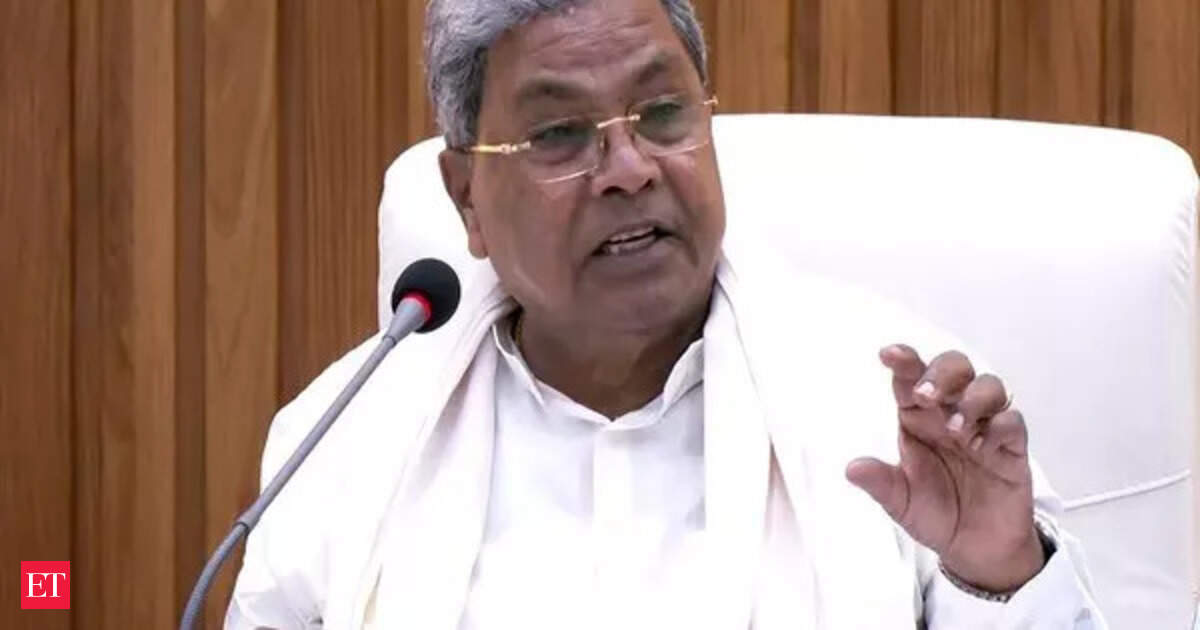In FY24, the Board of Control for Cricket in India (BCCI) posted a staggering income of ₹9,741.71 crore, rivaling some of India’s top listed companies. What started as a sports administrator now operates with the scale and structure of a corporate giant, its biggest asset being the Indian Premier League.
The IPL alone brought in ₹5,761 crore in FY24, reinforcing the tournament’s role as Indian cricket’s financial engine. With total revenues of ₹27,411 crore over five years, that is from FY18-22, the BCCI’s operations now look nothing less than that of a corporate giant.
Also Read: BCCI’s total income shoots up to ₹9,741.71 crore in FY24; IPL alone contributes ₹5,761 crore
But since BCCI works differently in comparison to a company, the comparison with India Inc. isn’t exact. Nonetheless, what BCCI has achieved with money generation coming from a humble background is not an easy task and is perhaps a journey that may resemble the story of some corporate giants.
Built on media rights, franchise valuations and global broadcasting, the BCCI has risen from the ground to one of the richest sports administrators in the world. Moreover, the IPL has been central to this transformation, creating a commercial model unmatched by any other cricketing body in the world.
From colonial oversight to commercial superpower
The BCCI was formed in 1928 with industrialist R.E. Grant Govan as its first president and Anthony de Mello as the first secretary. Set up to represent Indian cricket at the international level, it operated under the shadows of colonial structures and remained an administrative body for decades.
The turning point came in the post-liberalisation era of the 1990s. Under presidents like Jagmohan Dalmiya, who played a key role in bringing the 1996 World Cup to India and monetising TV rights, and later Sharad Pawar, the BCCI began leveraging India’s cricket obsession into commercial influence.
The launch of the Indian Premier League in 2008, during Lalit Modi’s tenure as IPL chairman, transformed cricket business completely not just in India but for the world as global cricket bodies too launched franchise-based T20 leagues, while other stakeholders launched leagues roping in retired cricketers as players. The agenda was clear for all, an effort to get close to the success of BCCI’s IPL. However, IPL remains the richest cricket league in the world.
In fact, some IPL team owners now own teams in other cricket leagues played outside the border. Four of the eight teams in UK’s league The Hundred have received money from IPL team owners. These include the owners of Mumbai Indians, who hold 49% of Oval Invincibles; Sunrisers Hyderabad, who own all of Northern Superchargers; Delhi Capitals, with 49% in Southern Brave; and Lucknow Super Giants, who have a 70% stake in Manchester Originals.
BCCI, the top scorer: Balance sheets are proof
Though established as a sports administrator, the BCCI today functions with financial muscle at par with India Inc. It negotiates billion-rupee contracts, earns interest income nearing ₹1,000 crore a year, and commands unmatched pricing power over broadcast rights.
For context, the BCCI’s FY24 total income outpaces several listed Indian mid-cap firms. Over ₹986 crore came as interest income, and ₹813.14 crore came from media rights, with ICC distributions adding ₹1,042.35 crore.
This scale of operation places it far above other cricket boards. England and Wales Cricket Board (ECB) and Cricket Australia, by comparison, earn way less than what the BCCI makes annually.
ECB’s yearly income stands at around £310 million, which is roughly over ₹3,000 crore, as per the Board’s official website. In FY24, Cricket Australia’s total income stood at A$406,245,000, which roughly converts to over ₹2,200 crore.
Globally, only American sports leagues such as the NFL and NBA surpass its commercial reach.
IPL: The corporate accelerator
Much of this transformation is driven by the Indian Premier League. Conceptualised in 2008 in the backdrop of a rebel league (ICL in 2007), the IPL, over the years, became the BCCI’s strategic response to protect its turf and revenue stream.
Since then, it has become central to Indian cricket’s commercial model. The league’s business valuation stood at $18.5 billion (₹1.56 lakh crore) in 2025, as per Houlihan Lokey, while its standalone brand value hit $3.9 billion. The BCCI in 2023 generated a record ₹11,769 crore in revenue, with a 116% rise in surplus to ₹5,120 crore from the IPL.
The ₹48,390 crore media rights deal for 2023-2027 with Disney Star and Viacom18 has further cemented the league’s place in global sports economics and BCCI’s too. Its might is visible in Mukesh Ambani’s fresh joint venture (with Disney), too– JioStar. The joint venture reported a net profit of ₹581 crore for the June quarter, according to Reliance Industries’ quarterly disclosure.
Alongside the BCCI, IPL franchises have also scaled into profitable enterprises. Teams like Chennai Super Kings, Mumbai Indians, and Royal Challengers Bengaluru earn through title sponsorships, merchandising, ticket sales, and licensing. Some have also expanded into global cricket leagues, building multi-team ownership models. Brands use the IPL as a platform for visibility, with media reports suggesting ad rates reaching as high as ₹28 lakh per 10 seconds during peak matches.
The IPL now stands with the NFL and MLB in league valuations.
What started as a regulatory body for a colonial sport is now a central node in the global cricket economy. Its financial scale, driven by the IPL and structured like a corporate, places the BCCI in the league of India’s most powerful business entities, even if its field is still a 22-yard pitch.




